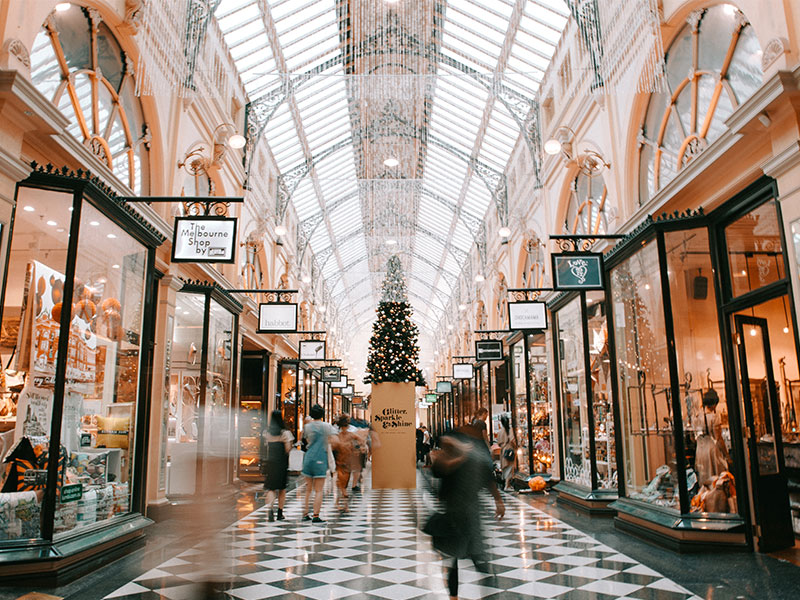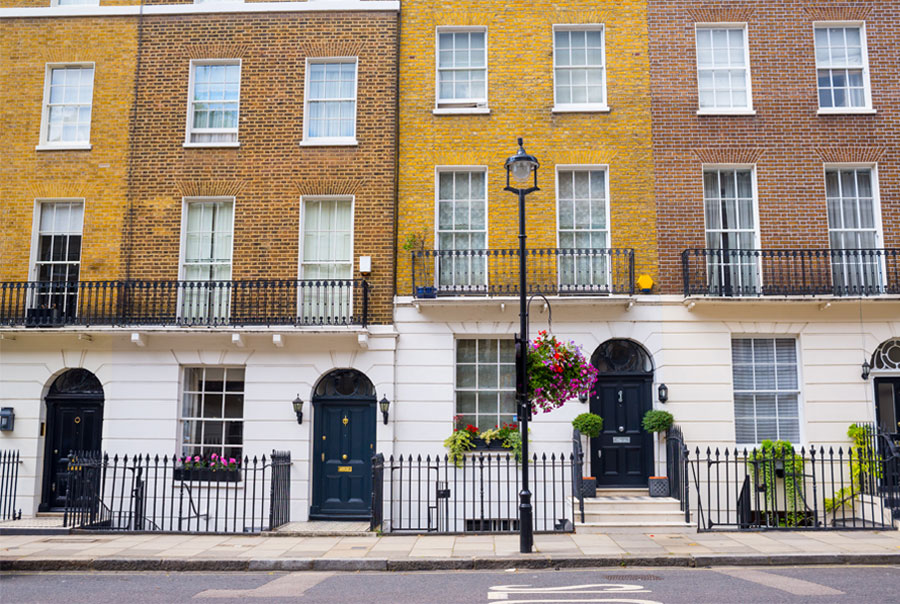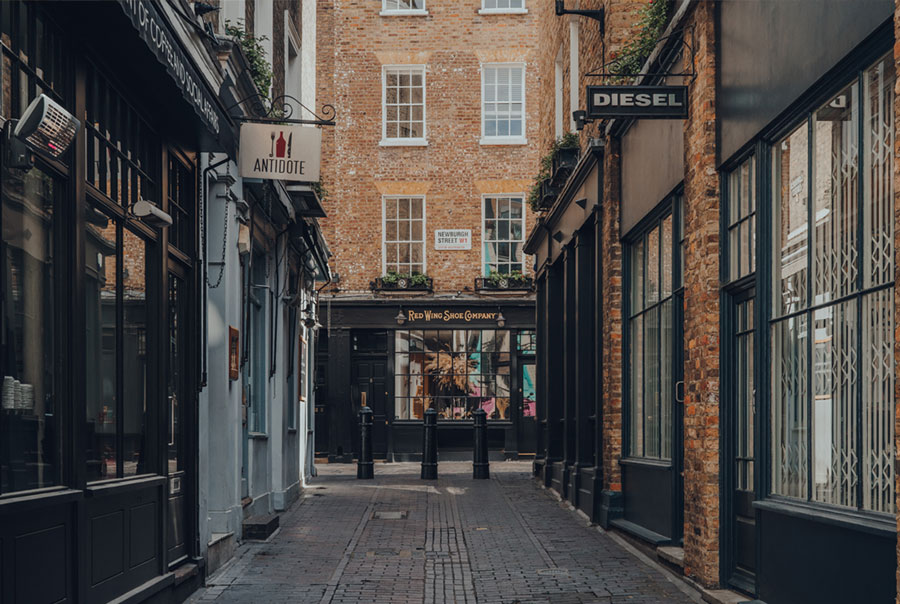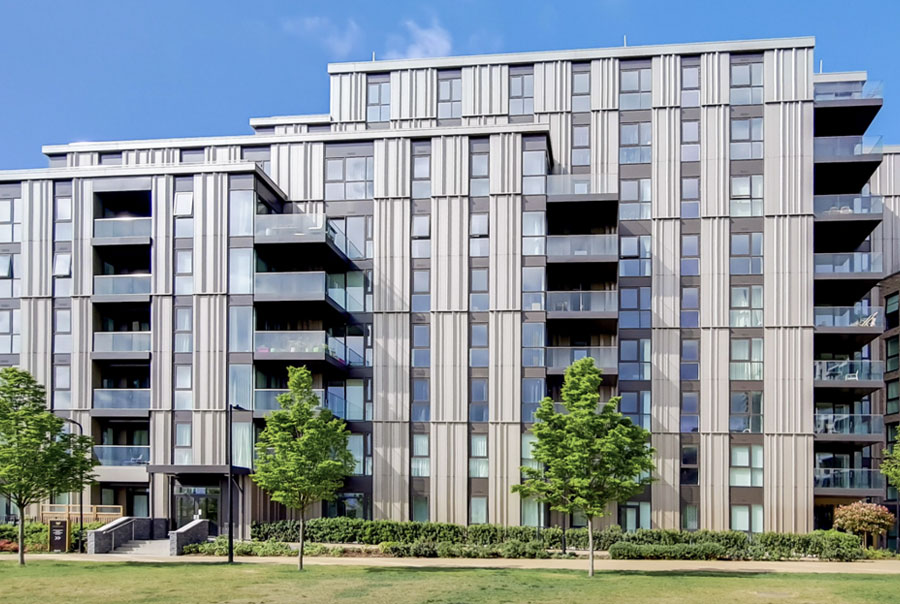
London's Retail Property Market: Current Trends and Insights
JBrown International
A Changing Landscape
London's retail property market has been undergoing significant changes, shaped by evolving consumer habits, technological advancements, and economic pressures. Over the past decade, the sector has seen a shift from traditional brick-and-mortar shopping to a more diversified approach, integrating online and offline channels. While high-street retail has faced challenges due to the growth of e-commerce, strategic investments and adaptive reuse of retail spaces have created new opportunities for investors and retailers alike.
The Rise of Mixed-Use Developments
One of the most prominent trends in London's retail property market is the rise of mixed-use developments. These spaces combine retail with residential, office, and leisure facilities, creating vibrant hubs that cater to modern lifestyles. Projects like the redevelopment of Battersea Power Station and the King's Cross regeneration highlight how such developments can transform underutilized areas into thriving communities. Mixed-use spaces offer diverse revenue streams and are more resilient to market fluctuations, making them highly attractive to investors.
Moreover, these developments align with the growing preference for convenience and experience-driven environments. Consumers are increasingly seeking destinations where they can shop, dine, work, and relax in one location. This trend is driving the demand for innovative retail concepts and high-quality spaces that enhance the overall customer experience.
The Impact of E-Commerce
The rapid growth of e-commerce has had a profound impact on London's retail property market. With online shopping becoming a dominant force, retailers are rethinking their physical presence. Many are focusing on smaller, strategically located spaces that serve as "last-mile" delivery hubs or experiential showrooms. These spaces allow retailers to integrate their online and offline operations, providing customers with seamless omnichannel experiences.
Additionally, the demand for logistics and warehouse spaces has increased significantly. Retailers and investors alike are recognizing the importance of efficient supply chain infrastructure to support e-commerce operations. Areas on the outskirts of London, such as Barking and Dagenham, have become hotspots for logistics developments, reflecting this growing demand.
Prime Locations Still in Demand
Despite the challenges posed by e-commerce, prime retail locations in London remain highly desirable. Iconic shopping destinations like Oxford Street, Regent Street, and Covent Garden continue to attract high footfall from both tourists and local consumers. These areas are home to flagship stores of leading brands, serving as key platforms for brand visibility and customer engagement.
Recent initiatives to revitalize these locations, such as pedestrianization projects and the introduction of outdoor dining spaces, have further enhanced their appeal. However, rising rents and operational costs in these areas mean that retailers must carefully evaluate their strategies to ensure profitability.
Retail Resilience and Adaptive Strategies
The COVID-19 pandemic accelerated changes in consumer behavior and brought new challenges to the retail sector. However, it also highlighted the resilience and adaptability of London's retail market. Retailers and landlords have adopted innovative strategies to navigate the evolving landscape. Flexible leasing terms, pop-up stores, and experiential retail concepts have become key tools for maintaining occupancy and attracting customers.
Experiential retail, in particular, has gained momentum as consumers seek unique and memorable shopping experiences. From interactive in-store displays to curated events, retailers are finding creative ways to engage customers and differentiate themselves in a competitive market.
Investment Opportunities
For investors, London offers a wealth of opportunities in the retail property market. Secondary high streets and suburban retail centers have emerged as attractive alternatives to traditional prime locations. These areas cater to local communities and benefit from the "shop local" movement, which gained traction during the pandemic.
Retail parks and supermarkets have also shown strong performance, driven by their focus on essentials and convenience. These properties have proven resilient to economic uncertainties and continue to attract investment from both domestic and international buyers.
Future Outlook
As London continues to evolve as a global city, the retail property market is expected to adapt further to meet new demands. Sustainability and technology will play pivotal roles in shaping the future of retail spaces. Smart buildings, energy-efficient designs, and green initiatives are becoming standard expectations, reflecting the growing emphasis on environmental responsibility.
Technology will also drive innovation in the sector, with advancements such as augmented reality, artificial intelligence, and data analytics enhancing the shopping experience. Retailers and investors who embrace these trends will be well-positioned to thrive in the dynamic market.
London's retail property market remains a cornerstone of its real estate sector, offering a blend of challenges and opportunities. For those seeking to invest in this vibrant market, understanding the trends and aligning with consumer needs will be key to success. With its rich history, diverse population, and status as a global hub, London continues to offer immense potential for growth and innovation in the retail sector.










